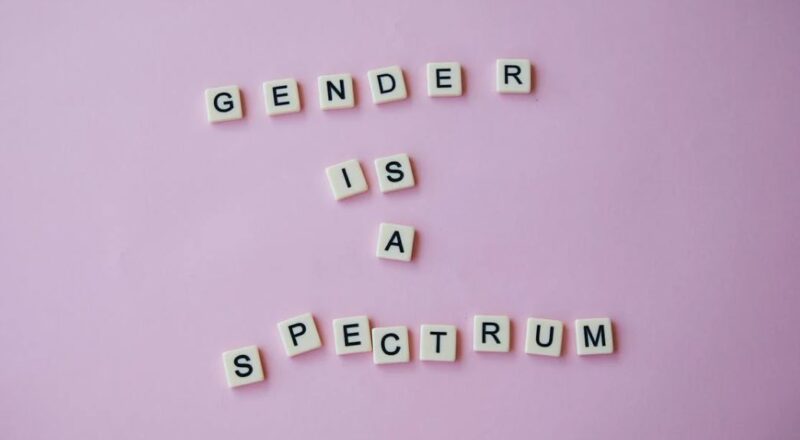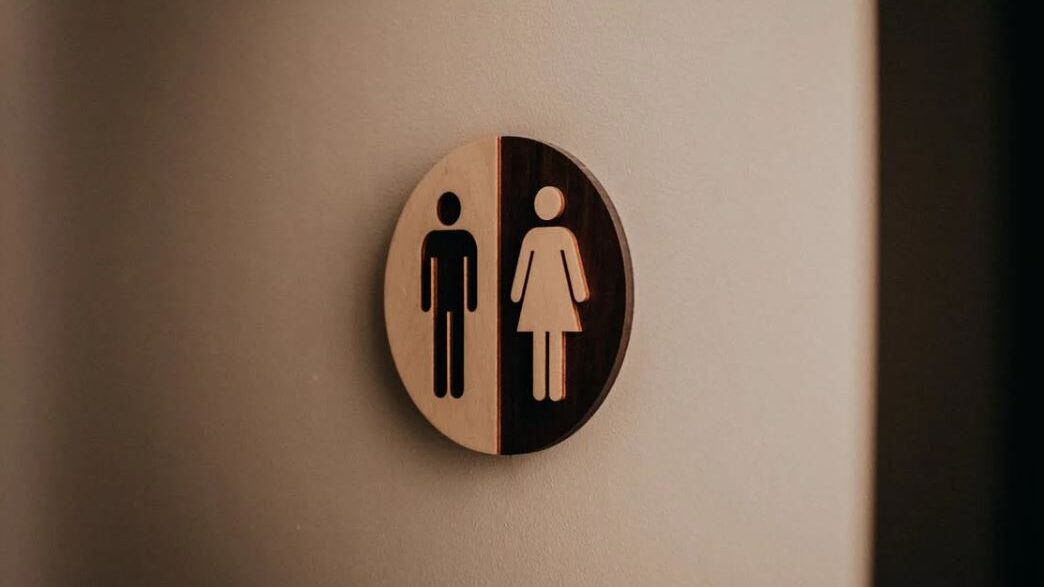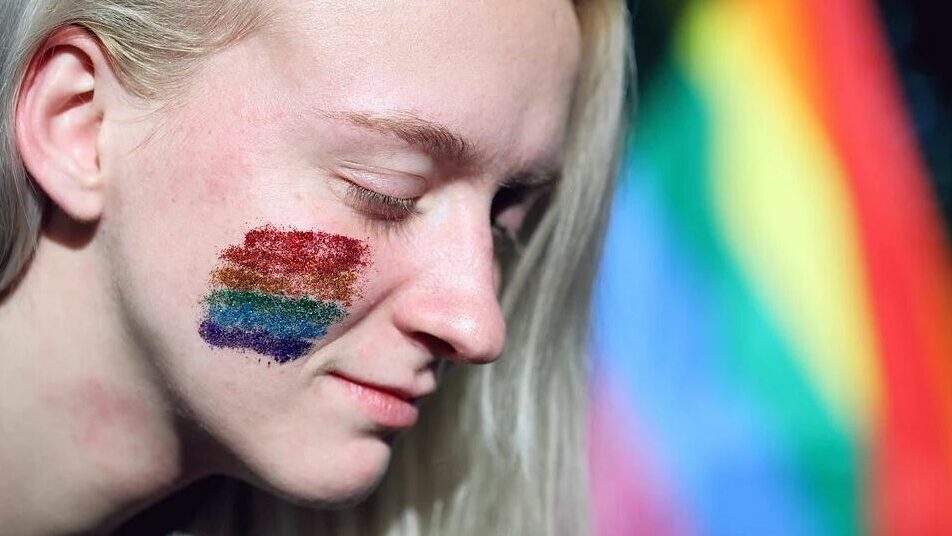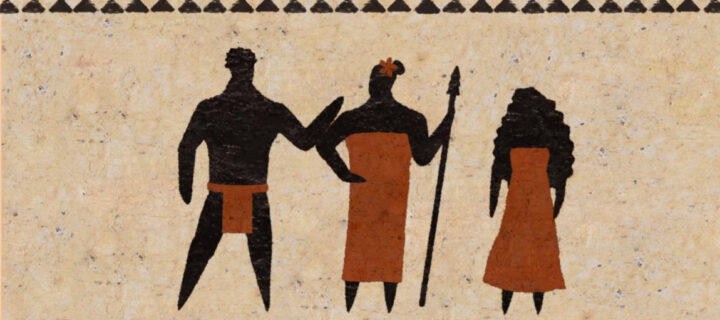
AFAB and AMAB – A Brief Gender Study
In today’s woke culture, buzzwords are saturated and they can get really confusing. But it doesn’t mean that one should not make an effort to at least understand their meaning before dismissing them. After all, knowing the meaning behind these semantics are not only helpful in enriching one’s vocabulary.
Having knowledge about these words aid in respecting and avoiding other individuals. AFAB and AMAB are usually used with the presence of transgenderism and non-binary discussions. To learn more about their interconnectedness, keep reading.
Please know that we do not claim to be a scholastic resource. Everything that you’ll be reading here is compiled information from academic sources. Let’s begin with their descriptions.
On this page
What does AFAB mean?
AFAB’s meaning is quite easy to grasp because it’s an acronym. It stands for Assigned Female at Birth. You may be asking the relevancy as to why an acronym was created to describe this circumstance.

Well, because when we’re born, we’re not capable of declaring our true gender identities yet. This is why the doctors assign our genders and put M or F on our birth certificates based on what’s between our legs.
So to explain the necessity succinctly, when someone is confused in a conversation between a non-binary/transgender person with someone who’s wondering whether the trans or non-binary individual was born with a peen or vaj, they can simply say… “I’m AFAB” or “I’m AMAB”.
What does AMAB mean?
Now that you know the meaning of AFAB, AMAB’s meaning will be much easier to grasp because it’s just the opposite version. This acronym stands for Assigned Male at Birth.
In addition to situations wherein some people just want to be privy with what’s between a person’s legs, using AFAB and AMAB are also helpful in medical diagnoses.
What are the Origins of AFAB and AMAB?
From Cosmopolitan magazine’s interview with Claudia Johnson, a relationship, intimacy, and s*x therapist, both acronyms are the latest iterations of CAMAB. The latter means Coercively Assigned Male at Birth, which stemmed from transgender women.
CAMAB, she explained, is
a term coined by trans women to express the violence of being forced against their will into a male gender role.
The word was so compelling that it was adopted by intersex activists as well.
Adding,
There has been an investment in studying gendered linguistics without focusing on the binary, or at least to move away from gender normativity.
According to Lucie Fielding, a s*x educator and the author of Trans S*x: Clinical Approaches to Trans Sexualities and Erotic Embodiments,
Some folks are really comfortable with [AFAB and AMAB] and really like them, and some of us are already looking for the next term that will be more nuanced and that will allow more people to feel seen and heard and held.
Is it time to stop using the word Cisgender because of AFAB and AMAB?
If your gender identity doesn’t fall under the rainbow, you may still use Cisgender to pertain to yourself if you’re an individual who identifies with your assigned gender at birth.
After all, these terminologies weren’t created to replace what already works. They’re just added to make conversations regarding gender identities clearer and more respectful.

These were made not to confuse people, but to let them know that gender isn’t only about black and white, it’s a spectrum of different colors with nuances.
Fielding explained
A lot of times, we come up with language that categorizes people. That’s instituting a power dynamic, and so often power dynamics are unseen. When we create new terms—when we nuance language and rhetoric—we are giving ourselves ways of interrogating power and deciding.– Is this who we want to be?
Who uses the words AFAB and AMAB?
Technically, everyone can use these terms. We’re all assigned female or male whether by doctors, nurses, midwives, or our parents. But to give further clarity on who uses these terms the most, they’re transgender or non-binary individuals.

Sometimes, their physical looks appear too strongly of how a typical male or female looks, that in conversations when they reveal that they’re transgender or non-binary, some can get confused.
AFAB and AMAB come very helpful in these situations. Also, some people who aren’t very adept in English can experience language barriers and AFAB and AMAB are more specific when translated.
Alternatives to AFAB and AMAB
However, not because groups of people are comfortable with using the terms AFAB and AMAB, means that it’s something that’s comfortably utilized by the whole gender spectrum. Some, who are not okay with the reinforcement of the gender binary words female and male, prefer other terms.
According to an article on Medium, written by @hologram in their Trans Style Guide section,
I have been trying to describe myself in less bioessentialist ways. I think the best solution I have worked out so far is to describe what I have moved away from, what I am moving towards, and how I present. For example, I would say ‘I have transitioned away from femininity, I have transitioned towards androgyny, and I present as an androgynous butch.’. Instead of saying ‘I’m afab’ or ‘I guess? I’m transmasculine?’ I have expressed what I have moved away from (coerced femininity) and expressed who I am now without at any point reverting back to a belief in biologically female. I would not describe my biology as female either. Not just because I’m on T, but because I reject female as existing. I have hormones, and body parts, and needs absolutely. I’m not saying those don’t exist. What I am saying is that there’s nothing female about them. They exist on their own, and their biology is my biology; that of a nonbinary person.
Your Choice
At the end of the day, no matter how many rhetorics and semantics come up in the future, choosing how to describe your gender identity should only come from within you.

Nobody else can define who you are but yourself. These words are created to make conversations less complicated to grasp but they are meaningless if you don’t resonate with any of them.
Did you learn anything from this guide? Kindly share this on your timeline. If you have any comments or suggestions, please join the conversation by commenting below.



